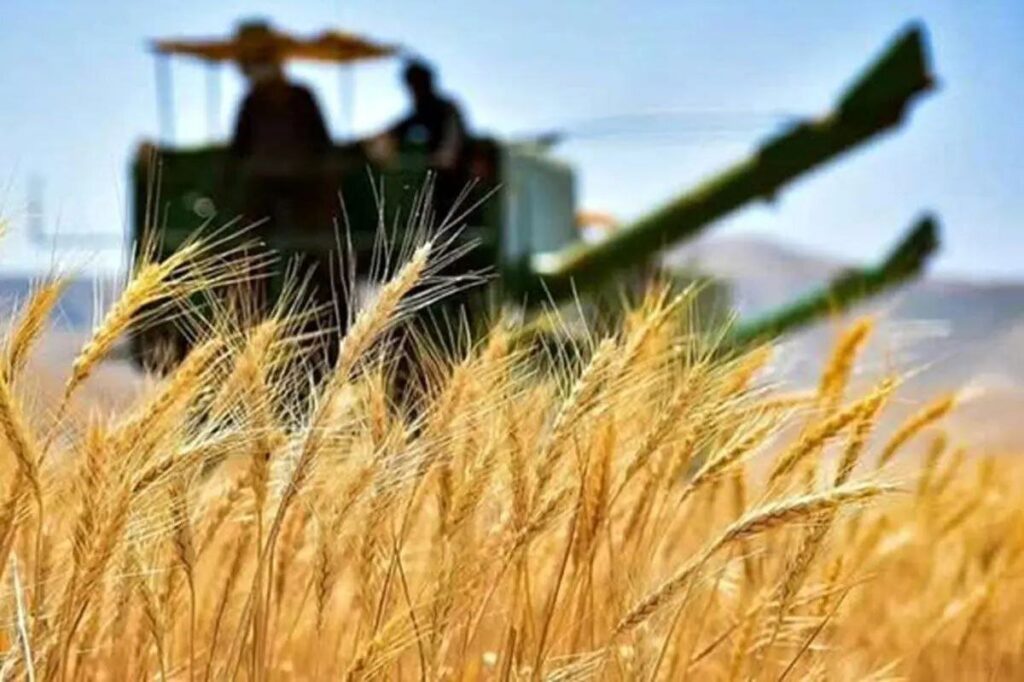Tehran – Global Information and Early Warning System (GIEWS) has released a report providing updates on the food security situation in Iran.
The report includes information on the current agricultural season and harvest outlook for major staple crops and livestock status. It also provides estimates and forecasts of grain production and trade volume, along with food prices and policy development.
The report covers four main parts, as follows:
Dry weather conditions had a serious impact on wheat production
After wheat planting took place between September and November, the winter season from December to February 2025 began inadequately, with rainfall well below average, which had a negative impact on yield. The use of irrigation systems and improvements in rainfall in March in some areas, including Khuzestan, partially offset improvements in aridity and biomass levels, but lower precipitation is expected in May, which could lead to production shortages. Wheat harvesting began in mid-April in the southern provinces, while harvesting seasons are expected to begin in June and be completed by July in the northern provinces, including Golestan.
The government has raised the wheat procurement price by 17% compared to the previous year, setting it at 20,500/kg for soft wheat and 21,000/kg for durum wheat. However, farmers faced challenges in securing inputs containing seeds and fertilizer due to the high cost.
Regarding rice, planting work is currently underway in major production areas of Gilan and Mazandaran and is expected to be completed in June 2025.
According to the Food and Agriculture Organization (FAO), no desert locusts were detected in the country in March 2025, and no significant increases in numbers are projected until mid-May 2025.
Above average cereal production estimated in 2024
Grain production in 2024 is estimated at 26 million tons, roughly 22% above the average, thanks to strong government support, including abundant rainfall and subsidy inputs, low interest rate loans and advanced government-procurement prices for wheat that have encouraged planting expansion.
Low import requirements estimated for 2024/25 for above average wheat production in 2024
Wheat import requirements for the 2024/25 marketing season (April/March) are estimated to be 1.3 million tonnes, less than half the five-year average driven by appropriate wheat harvested in 2024, with carryover stock being replenished. It is likely that wheat import requirements will increase for the period 2025/26, and will compensate for the expected deficit in wheat production in 2025.
Grain retail prices skyrocketed in 2025
The preferred currency fee for subsidies for imported essential goods was 285,000 per day for fiscal year 2025/26 (March 21, 2025 to March 20, 2026), unchanged from the previous year, limiting inflationary pressure on imported agricultural products, including wheat.
The subsidy rate was around 40% of the market rate, which was about 750,000 per US dollar in December 2024, but the average flour price in the Tehran market in March 2025 increased by 18% year-on-year due to reduced retail price subsidies. Retail prices skyrocketed nearly 60% in March 2025 compared to the same period last year.
mt/mg

